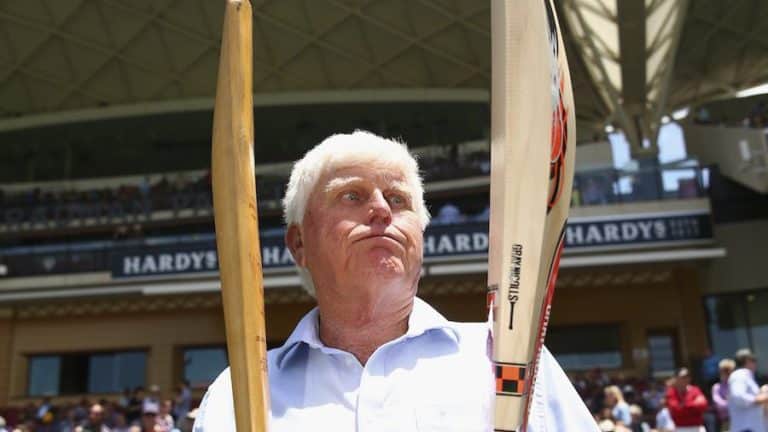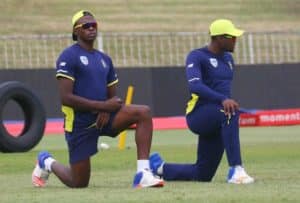The MCC has released a new set of laws which covers bat thickness, Mankad dismissals, penalty runs and send-offs.
The new Code of Laws will be introduced in October 2017.
On-field misbehaviour at lower levels of the game has forced the MCC to react sternly. Four-level offences have been outlined.
– Level 1 offences include excessive appealing and showing dissent at an umpire’s decision. A recurrence of the offence after an official warning has been issued will result in five penalty runs being awarded to the opposing team.
– Level 2 covers throwing the ball at a player or deliberate physical contact during play. This will result in an immediate awarding of five penalty runs to the opposing team.
– Level 3 includes intimidating an umpire or threatening to assault a player, team official or spectator. A five-run penalty and removal of the game for a specific amount of overs is applicable. The temporary ban will be adjusted according to the format of the game.
– Level 4 deals with the threatening of an umpire or committing on-field violence. This will result in a permanent ban from the match plus a five-run penalty. If a batsman is found guilty they will be regarded as ‘retired out.’
Bat thickness has also been restricted. The new maximum acceptable bat dimension will be 108mm in width and 67mm in depth with 40mm edges. A bat gauge will be used to enforce the new rule in professional matches. Leeway has been given to amateur cricketers who can continue to use their bats despite the new dimension restrictions. David Warner is one star who’s bat will be illegal under the new laws.
‘We believe the maximum dimensions we have set will help redress the balance between bat and ball, while still allowing the explosive, big hitting we all enjoy,’ said the MCC’s head of cricket, John Stephenson.
Regarding Mankad dismissals, the current laws state that the bowler is only permitted to run out the non-striker before releasing the ball and provided he has not completed his usual delivery swing. Those rules have been tweaked, and the bowler can now attempt a run out at any point until they release the ball. This means that the non-striker can be run out ‘from the moment the ball comes into play to the instant when the bowler would normally have been expected to release the ball’.
There are also new run-out laws to protect batsmen.
‘If the bat (held by the hand) or another part of the batsman’s person is grounded beyond the popping crease and this contact with the ground is subsequently lost when the wicket is put down, the batsman will be protected from being run out if he-she is running or diving and has continued forward momentum towards the stumps and beyond,’ an MCC statement said.
The number of batsmen dismissals will be reduced from 10 to nine with ‘Handled the ball’ being regarded as an ‘Obstructed the field’ rule. ‘Handled the ball’ is when a batsman ‘wilfully strikes the ball with a hand not holding the bat’.
The new laws will also be written in a neutral language to both sexes with the use of He or she and generic terms such as ‘fielder’ and ‘bowler’. ‘Batsman’ will remain as equally applicable to the men’s and women’s game.
Photo: Ryan Pierse – CA/Cricket Australia/Getty Images





